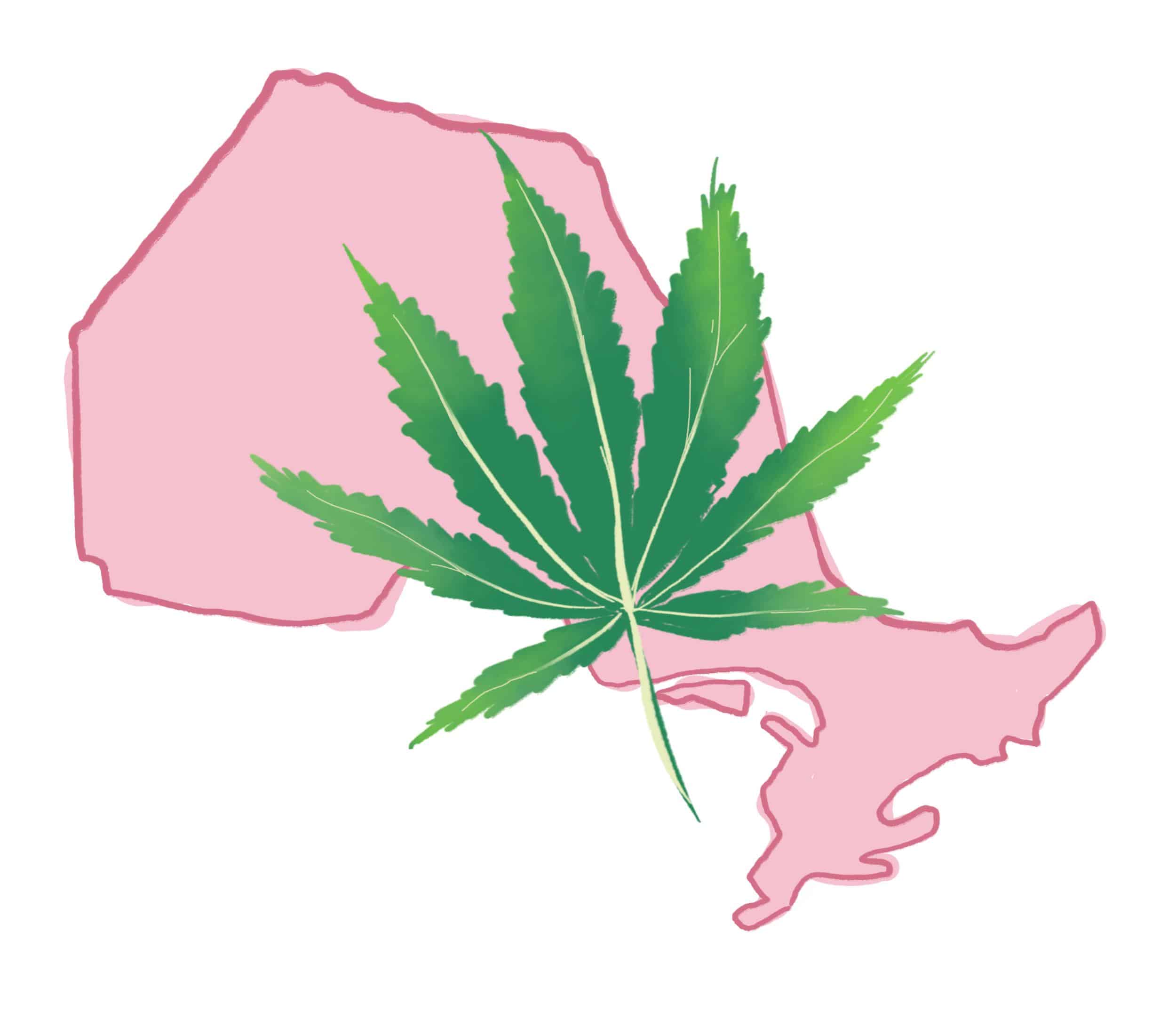As of October 17, cannabis will be legalized for recreational use across Canada in accordance with the Cannabis Act passed in June.
With this landmark decision, Canada will become the second and largest country to legalize cannabis nationally, after Uruguay did so in 2013.
The decision came amid growing popular opinion that cannabis should be legal for recreational use. A 2016 poll found that around 70 per cent of Canadians supported legalization.
Once legalization begins, each province will have slightly different rules, but cannabis will be legal in one form or another in all of them.
Legalization in Ontario
In Ontario, the minimum age to buy or consume cannabis will be 19, while the legal limit for purchase or public possession will be 30 grams, or approximately one ounce.
Cannabis will be legal for consumption in private residences and public areas, such as sidewalks and parks.
Any prohibition of cannabis consumption in rental properties will be determined in the same way as cigarette usage, with landlords able to prohibit it in lease agreements.
There is also a push to legalize cannabis lounges to encourage safe consumption outside of residential areas.
Ontario residents will be able to grow up to four cannabis plants per residence, but for those who want to buy cannabis, the drug will be legally available in several forms, including dried, and as oil, seeds, and plants.
While Ontarians would originally have been able to buy cannabis at government-run stores under the previous government, Premier Doug Ford abandoned that plan in favour of private vendors beginning in April.
“The Ford government has changed the previous Wynne policy, they’re now going to have licensed private sellers alongside the OCS [Ontario Cannabis Store],” explained Professor Paul Grootendorst, an associate professor in the the Leslie Dan Faculty of Pharmacy.
Due to the change, the only legal vendor by October 17 will be the online OCS, which is a crown agency. Orders from the OCS will be age-verified upon delivery.
After April, the OCS will continue to be the only online retailer and the wholesale provider for physical stores. Municipalities also have the one-time opportunity to opt out of having cannabis stores in their jurisdiction before January.
Ontario hopes to provide enough cannabis to meet expected demand, and at good enough prices to thwart the black market, but the effects of their efforts remain to be seen.
Grootendorst, whose research focuses on health economics, also talked about the economic effects of legalization. “They’re certainly going to need to find a way to bring the supply out there and this may be the way of doing it.”
On the subject of the black market for cannabis, Grootendorst added that, while there will be issues regarding shortages in the recreational market and the black market will continue to exist, legalization is “probably better than having the Wild West of the unregulated recreational market we have now.”
Legalization across Canada
One of the major concerns about legalization is its effect on incidents of impaired driving. So far, the only proposed solution to testing for cannabis use is a roadside saliva test, which has been approved by the government. If the device reads positive, a subsequent blood test will follow.
However, the credibility of these tests is under scrutiny — a study published in Norway claims that the test resulted in a false positive 14.5 per cent of the time and was only reliable between the temperatures of four and 40 degrees.
Regardless, driving under the influence remains illegal, and a zero-tolerance policy will be in effect for drivers under 21, who will be penalized for any amount of cannabis found in their system while driving.
Another area of blanket prohibition is the possession of cannabis on international flights. Cannabis will be allowed on domestic flights within the legal limit of 30 ounces.
Although you won’t be able to grow cannabis plants in Québec or Manitoba, and you can use cannabis only in private residences in six provinces, legalization across Canada looks roughly the same. Leading the way in privately owned stores is Alberta, which plans to have about 250 open within the year.
It remains to be seen how legalization will actually play out come October 17. While dispensaries that are currently illegal will remain so under the new laws unless they acquire a licence, they won’t face competition from physical stores until April.
— With files from Andy Takagi


